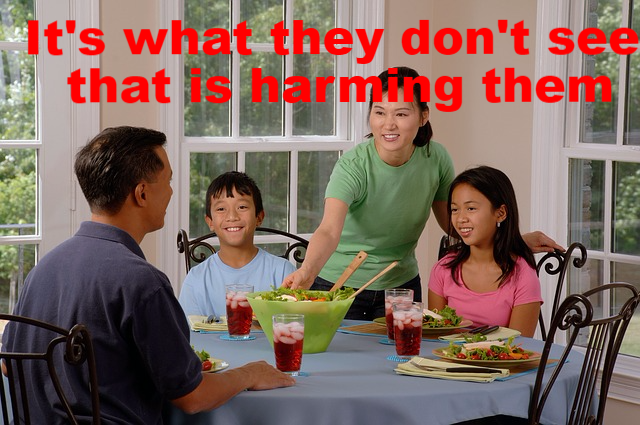Radon Gas In Colorado (Cancer Risk)
- Home
- Radon Gas In Colorado (Cancer Risk)
Radon Gas In Colorado (Cancer Risk)
 Lung Cancer From Radon Gas Denver, CO
Lung Cancer From Radon Gas Denver, CO
The Facts…
Lung cancer kills thousands of Americans every year in Denver, Co and the United States. Smoking, radon, and secondhand smoke are the leading causes of lung cancer. Although lung cancer can be treated, the survival rate is one of the lowest for those with cancer. From the time of diagnosis, between 11 and 15 percent of those afflicted will live beyond five years, depending upon demographic factors. In many cases lung cancer can be prevented.
Smoking is the leading cause of lung cancer. Smoking causes an estimated 160,000* cancer deaths in the U.S. every year (American Cancer Society, 2004). Did you know that Denver, Co and the surrounding areas are high in Radon gas? And the rate among women is rising. On January 11, 1964, Dr. Luther L. Terry, then U.S. Surgeon General, issued the first warning on the link between smoking and lung cancer. Lung cancer now surpasses breast cancer as the number one cause of death among women. A smoker who is also exposed to radon has a much higher risk of lung cancer.
Radon is the number one cause of lung cancer among non-smokers, according to EPA estimates. Overall, radon is the second leading cause of lung cancer. Radon is responsible for about 21,000 lung cancer deaths every year. About 2,900 of these deaths occur among people who have never smoked. On January 13, 2005, Dr. Richard H. Carmona, the U.S. Surgeon General, issued a national health advisory on radon.
Secondhand smoke is the third leading cause of lung cancer and responsible for an estimated 3,000 lung cancer deaths every year. Smoking affects non-smokers by exposing them to secondhand smoke. Exposure to secondhand smoke can have serious consequences for children’s health, including asthma attacks, affecting the respiratory tract (bronchitis, pneumonia), and may cause ear infections.
For smokers the risk of lung cancer is significant due to the synergistic effects of radon and smoking. For this population about 62 people in a 1,000 will die of lung-cancer, compared to 7.3 people in a 1,000 for never smokers. Put another way, a person who never smoked (never smoker) who is exposed to 1.3 pCi/L has a 2 in 1,000 chance of lung cancer; while a smoker has a 20 in 1,000 chance of dying from lung cancer.



